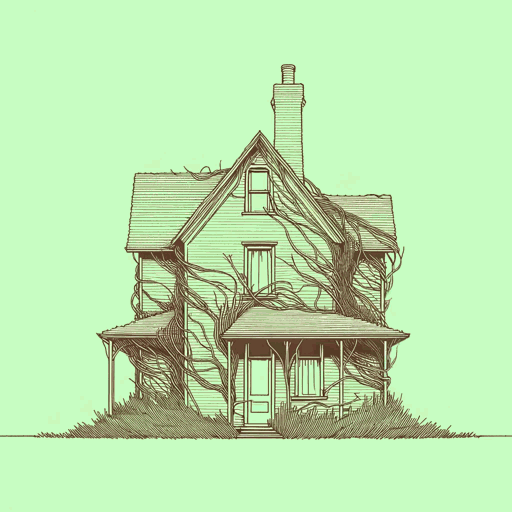84 pages • 2 hours read
Agatha ChristieCrooked House
Fiction | Novel | Adult | Published in 1949A modern alternative to SparkNotes and CliffsNotes, SuperSummary offers high-quality Study Guides with detailed chapter summaries and analysis of major themes, characters, and more. For select classroom titles, we also provide Teaching Guides with discussion and quiz questions to prompt student engagement.
Introduction
Crooked House
- Genre: Fiction; crime fiction
- Originally Published: 1949
- Reading Level/Interest: College/adult
- Structure/Length: 26 chapters; approx. 256 pages
- Protagonist and Central Conflict: The unsteady twists in Three Gables, the home of the Leonides family, physically represent the lies and betrayal within the family. When the patriarch dies, a murder investigation ensues, where everyone is a suspect until the deadly end.
- Potential Sensitivity Issues: Murder; suicide
Agatha Christie, Author
- Bio: Born 1890 in Devon, England; died 1976; disappeared for a while; traveled widely; writing adapted for television and film; won Edgar Award for Witness for the Prosecution (1955); awarded Anthony Award for best Series of the Century and Writer of the Century (2000); wrote the world’s longest-running play, The Mousetrap; bestselling novelist, with only the Bible and Shakespeare selling more
- Other Works: The Mysterious Affair at Styles (1920); Murder on the Orient Express (1934); And Then There Were None (1943); Verdict (1953)
CENTRAL THEMES connected and noted throughout this Teaching Unit:
- Inherited Morality and The Bad Seed
- Toxic Familial Relationships
- The Importance of Reputation
STUDY OBJECTIVES: In accomplishing the components of this Unit, students will:
- Explore background information on Agatha Christie and the Golden Age of mystery to increase their engagement with and understanding of Crooked House.
- Read/study paired texts and other brief resources to deepen their understanding of themes related to Inherited Morality and The Bad Seed, Toxic Familial Relationships, and The Importance of Reputation.
Related Titles
By Agatha Christie

A Murder Is Announced
Agatha Christie
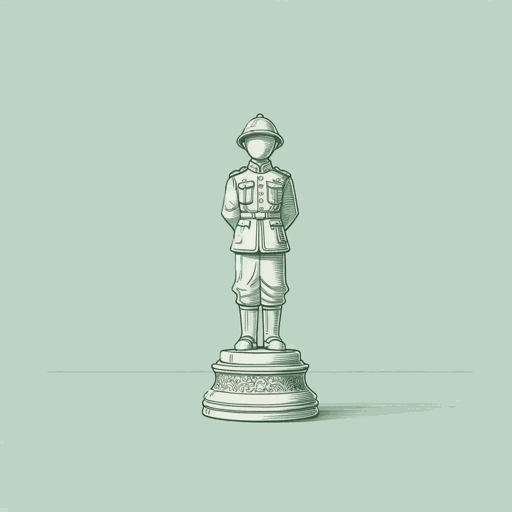
And Then There Were None
Agatha Christie

A Pocket Full of Rye
Agatha Christie

Death On The Nile
Agatha Christie
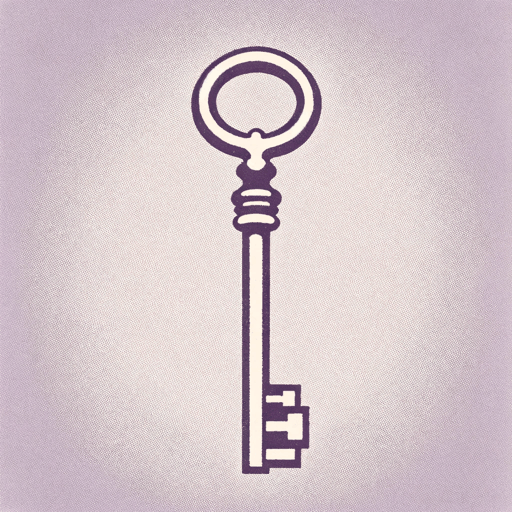
Murder at the Vicarage
Agatha Christie

Murder on the Orient Express
Agatha Christie

Poirot Investigates
Agatha Christie
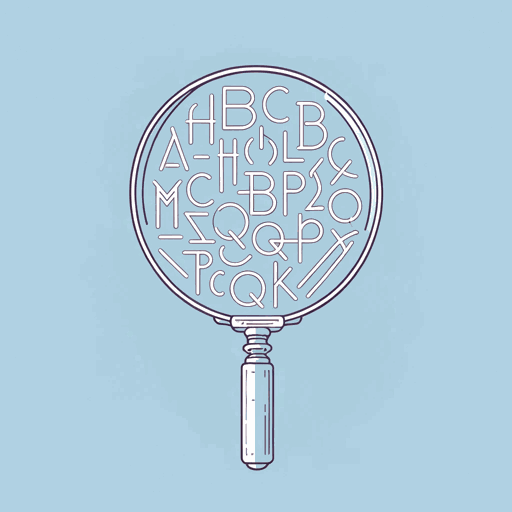
The ABC Murders
Agatha Christie
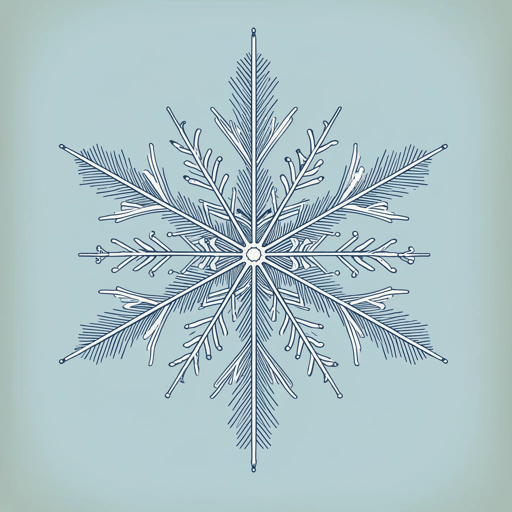
The Mousetrap
Agatha Christie

The Murder of Roger Ackroyd
Agatha Christie

The Mysterious Affair at Styles
Agatha Christie
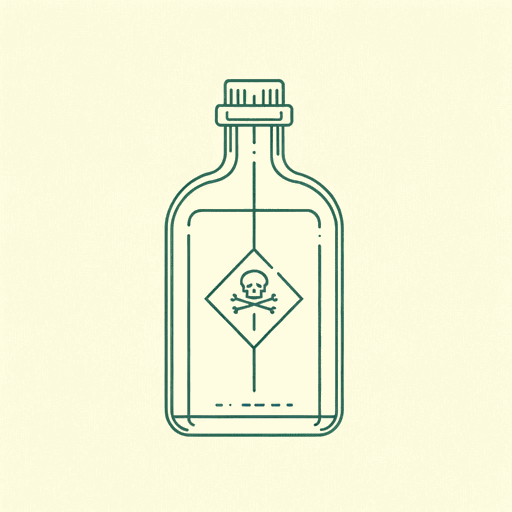
The Pale Horse
Agatha Christie
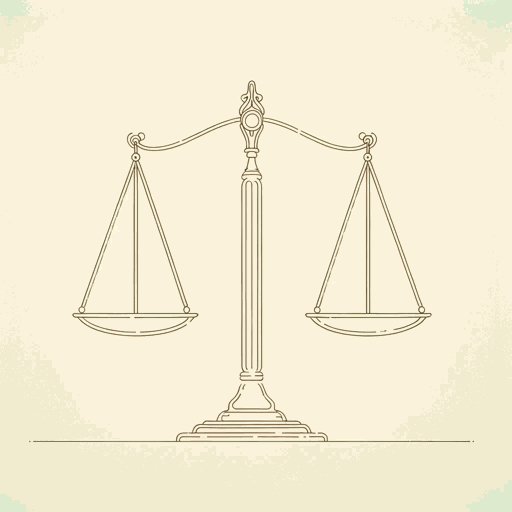
Witness for the Prosecution
Agatha Christie
